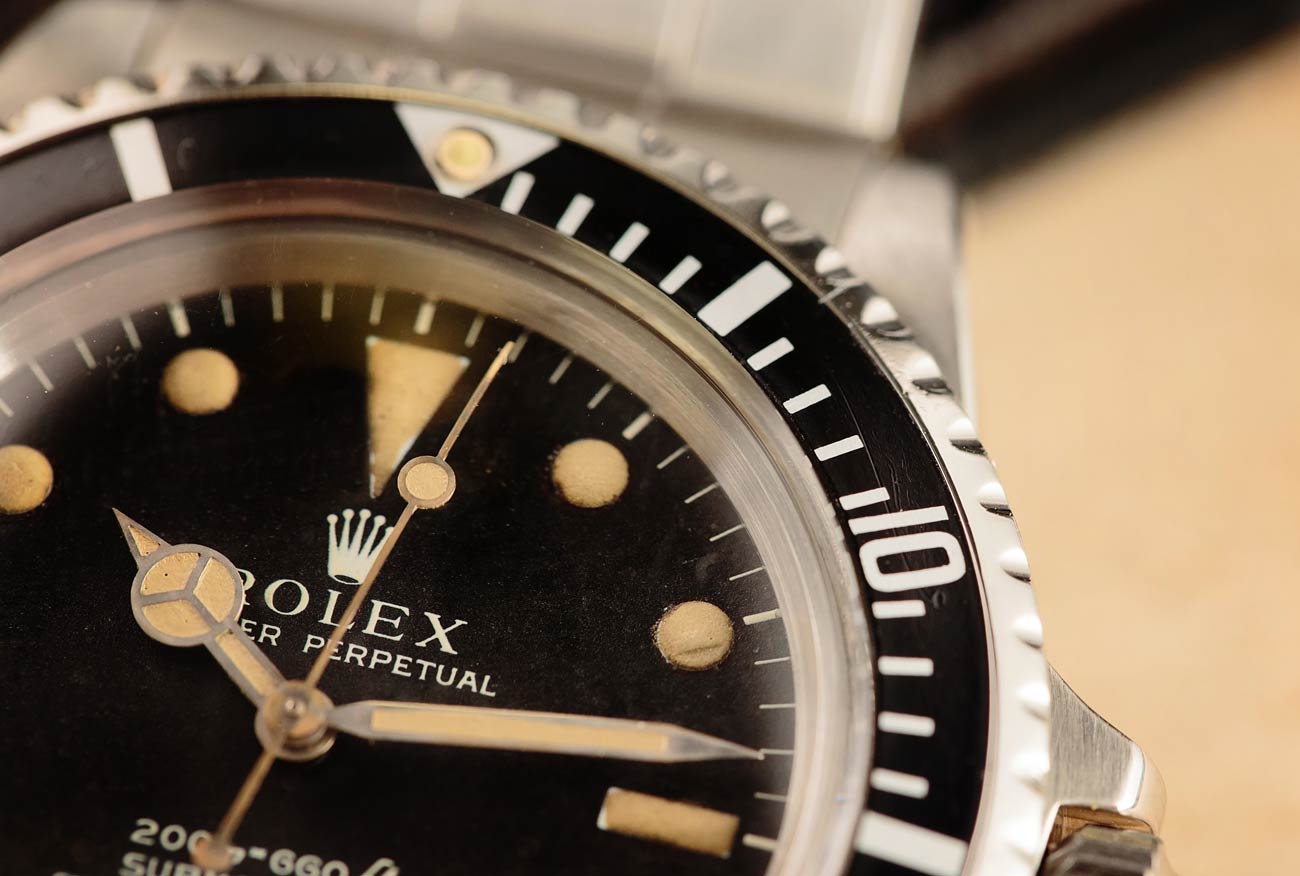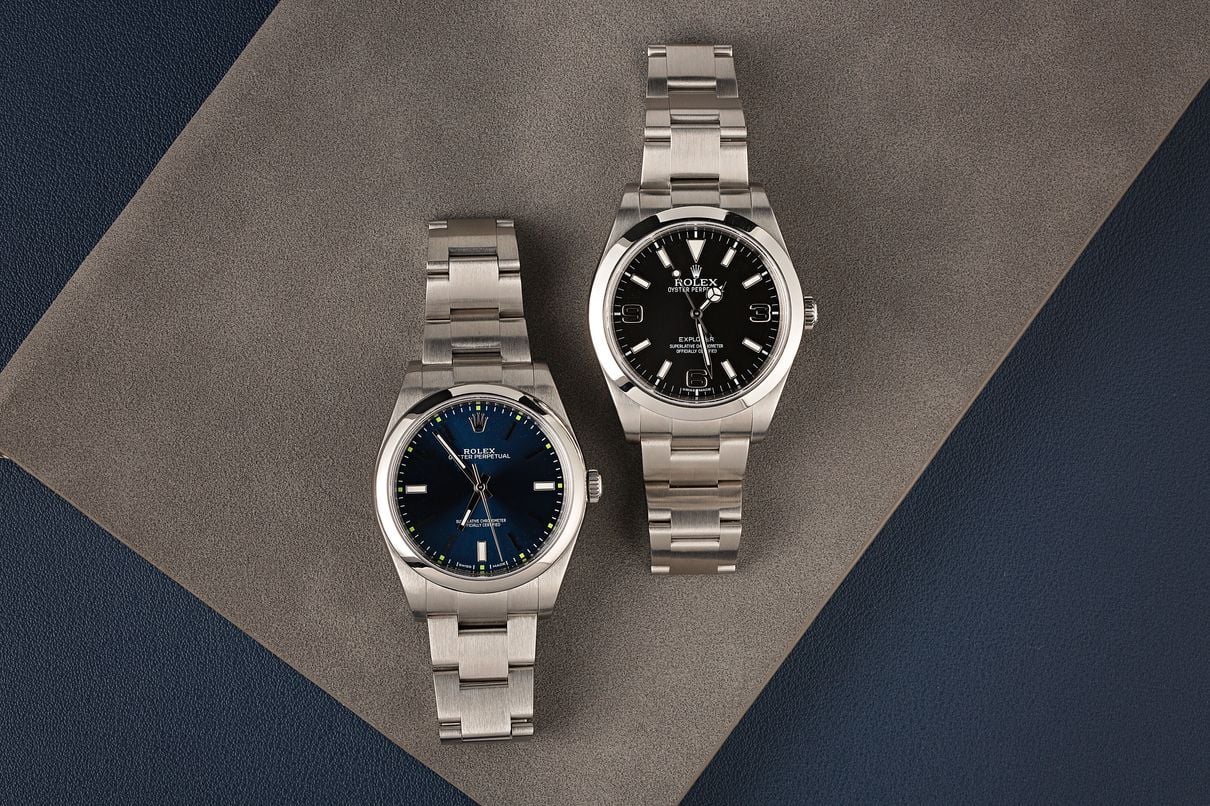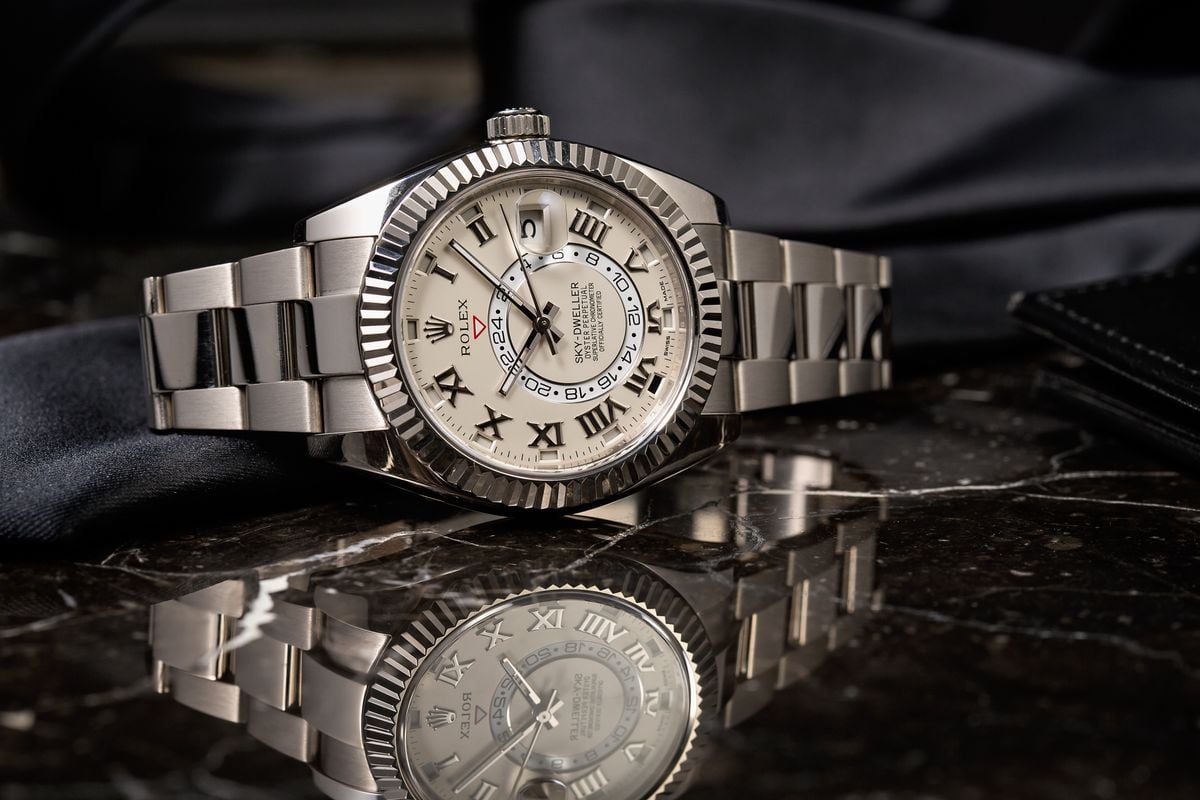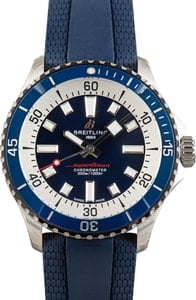Accuracy has always been an important point of pride and marketing for luxury watch brands. For over a century, the term “chronometer” has been used to denote timepieces that meet a high standard of precision. Chronometer certification began in Switzerland in the early 1900s to assure consumers that a watch could keep accurate time.
Traditionally, chronometer designation was granted by the COSC, or Contrôle Officiel Suisse des Chronomètres. This independent agency puts uncased watch movements through a series of tests over multiple days to measure their timekeeping accuracy under different positions and temperatures. If a movement successfully passes these tests within set tolerance levels, it is certified as a chronometer.
However, some watch brands have recently developed their own even more rigorous certification processes to indicate a new level of timekeeping excellence. The popular watch brand Omega debuted its “METAS” certification in 2015 to signify watches that exceeded COSC standards. Not to be outdone, Rolex introduced its “Superlative Chronometer” certification the following year.
Both the Master Chronometer and Superlative Chronometer labels indicate meticulous in-house testing of fully assembled watches, not just bare movements. They represent a new era of accuracy standards for luxury timepieces. In this article, we will compare these two precision certifications and the state-of-the-art facilities and procedures used to obtain them for luxury watch collections and brands.
Contrôle Officiel Suisse des Chronomètres (COSC)
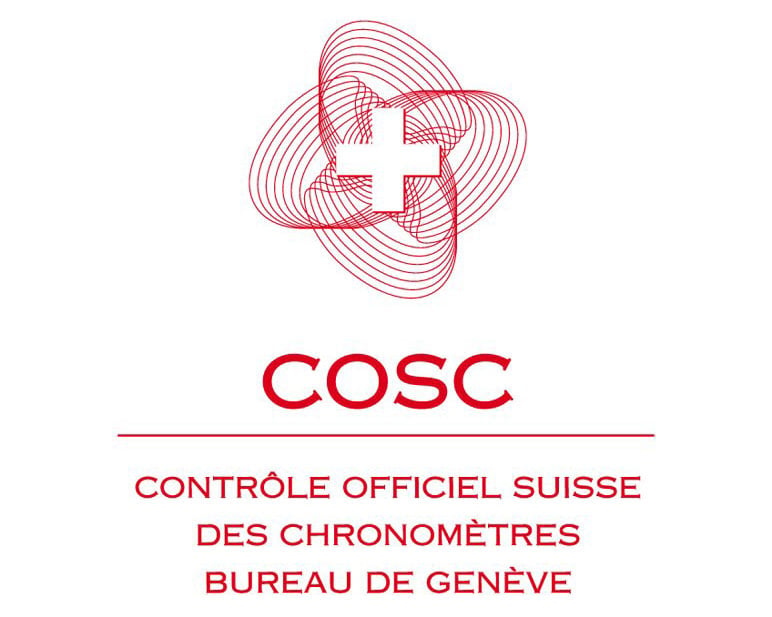
To understand Master Chronometer and Superlative Chronometer designations, it helps first to explain the baseline COSC certification process. COSC, or the Official Swiss Chronometer Testing Institute, was established in 1973 to standardize chronometer certification on behalf of the Swiss watch industry.
Brands send their uncased movements to COSC facilities to undergo precision testing. The movements are individually tested over 5 different positions and 3 different temperatures for a period of 15 days. The results are measured against COSC requirements for an average daily precision between -4 to +6 seconds per day. Movements that successfully maintain accuracy within this range across all the tests are officially certified as chronometers.
This independent verification by COSC is widely respected and considered an achievement of watchmaking excellence. However, some brands strive for even better performance than the baseline COSC standards. Omega and Rolex have developed their own in-house facilities and certification processes to assure consumers of master-level chronometric precision in real-world conditions.
Omega’s Master Chronometer Certification
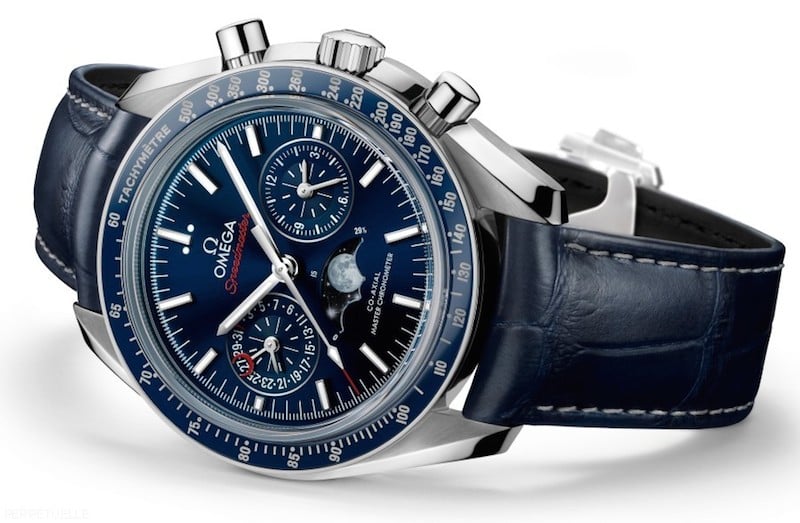
In 2015, Omega unveiled its new Meteorite-Crater proven technology and facilities for Master Chronometer certification. This process tests fully assembled watches, not just bare movements like COSC. Omega simulates real-world conditions to verify performance and durability.
The Master Chronometer testing protocol has 8 separate tests. It starts with COSC-certified movements, then further evaluates the cased watch. Some tests focus on accuracy, like timing precision, power reserve, and deviation. Others test resilience, like exposure to 15,000 gauss magnetic fields and temperatures between 0 to 50 degrees Celsius.
If a watch passes all Master Chronometer tests within specified tolerance levels, it is certified to perform with precision, magnetic resistance, and reliability. Omega has developed special alloys and movements like the Co-Axial calibers to meet these Master Chronometer standards. This certification verifies chronometric excellence for the entire watch, not just its movement.
Rolex’s In-House Testing
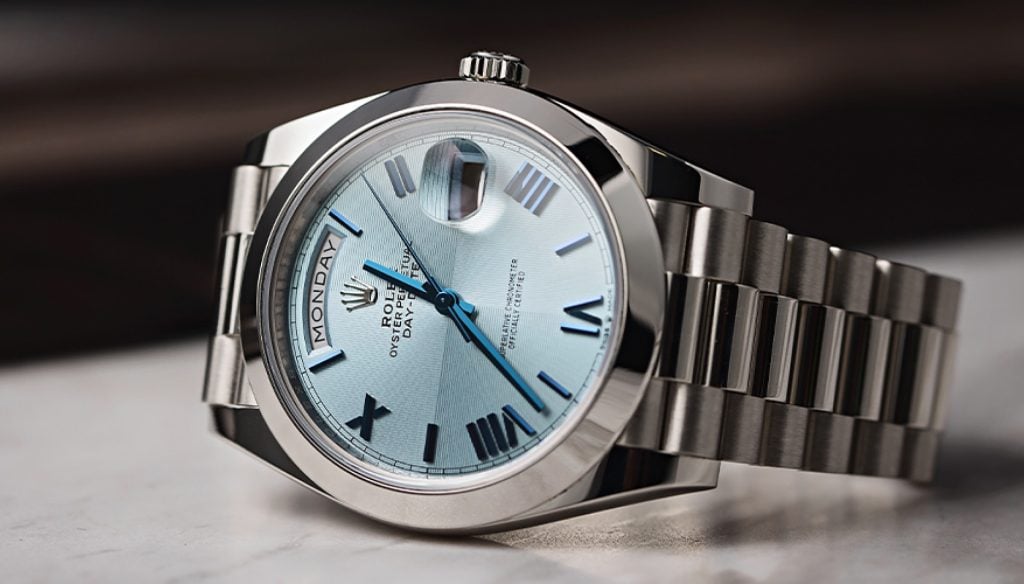
Not to be outdone, the Swiss-made watch brand Rolex introduced its own in-house certification called the Superlative Chronometer. While similar in name, the Superlative Chronometer process has some key differences from Omega’s Master Chronometer.
Rolex built new state-of-the-art facilities next to its headquarters in Switzerland for its proprietary testing. The Superlative Chronometer certification puts assembled Rolex watches through a battery of tests that simulate conditions watches encounter in real-world use.
Testing includes exposures to temperatures between -10 and +50 degrees Celsius, humidity levels of 95%, and magnetic fields up to 10,000 gauss. The watches are tested at different stages of assembly for precision, waterproofness, self-winding capabilities, power reserve and other functions. Strict performance criteria must be met across all areas for Superlative Chronometer certification.
This in-house verification provides assurance to Rolex owners that their watch has been rigorously tested beyond generic chronometer standards. Rolex takes pride in its self-sufficiency and vertically integrated manufacturing capabilities that allow for this level of quality control.
Key Differences
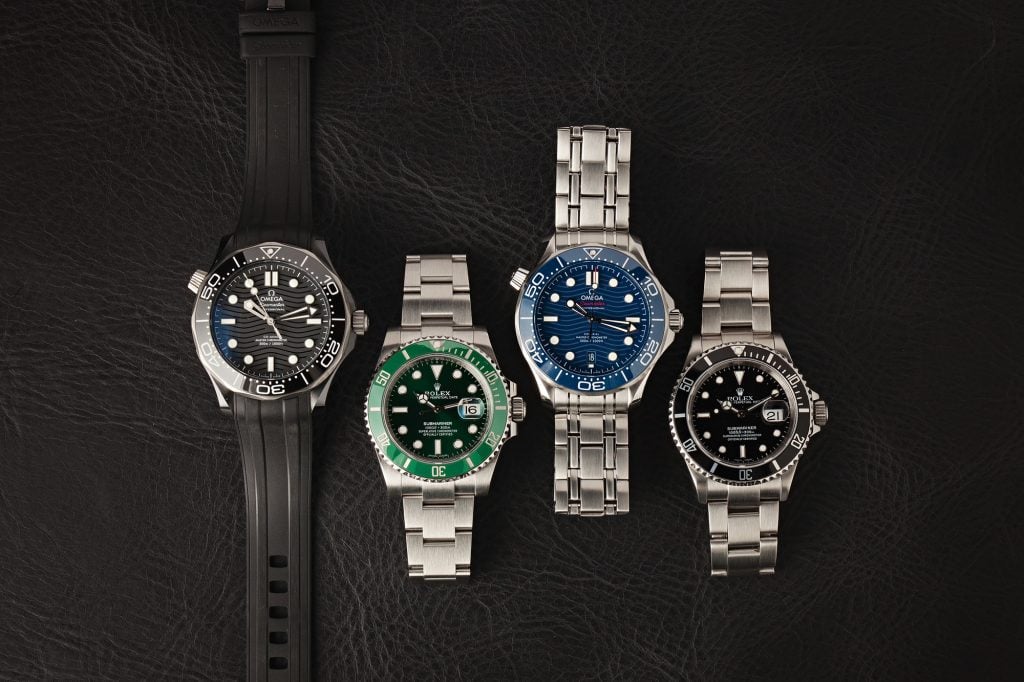
While the Master Chronometer and Superlative Chronometer labels have similarities, there are some important distinctions between Omega and Rolex’s proprietary precision certifications:
- Testing state: Master Chronometer tests fully assembled watches. Superlative Chronometer tests watches at different states of assembly.
- Magnetic resistance: Master Chronometer tests up to 15,000 gauss resistance. Superlative Chronometer tests up to 10,000 gauss.
- Temperature range: Master Chronometer tests between 0 to 50 degrees C. Superlative Chronometer between -10 to +50 degrees C.
- Timing precision: Master Chronometer requires -0 to +5 seconds/day average. Superlative Chronometer is -2 to +2 seconds/day.
- Power reserve testing: This is tested under Master Chronometer but not specified for Superlative Chronometer.
- Waterproofness: Superlative Chronometer includes waterproofness testing, which Master Chronometer does not.
While both are highly demanding certifications, Rolex generally sets tighter precision tolerances. Omega focuses more on magnetic resilience and real-world conditions. But both represent impressive technical achievements in chronometric performance.
Other Watch Brands That Have In-House Certifications
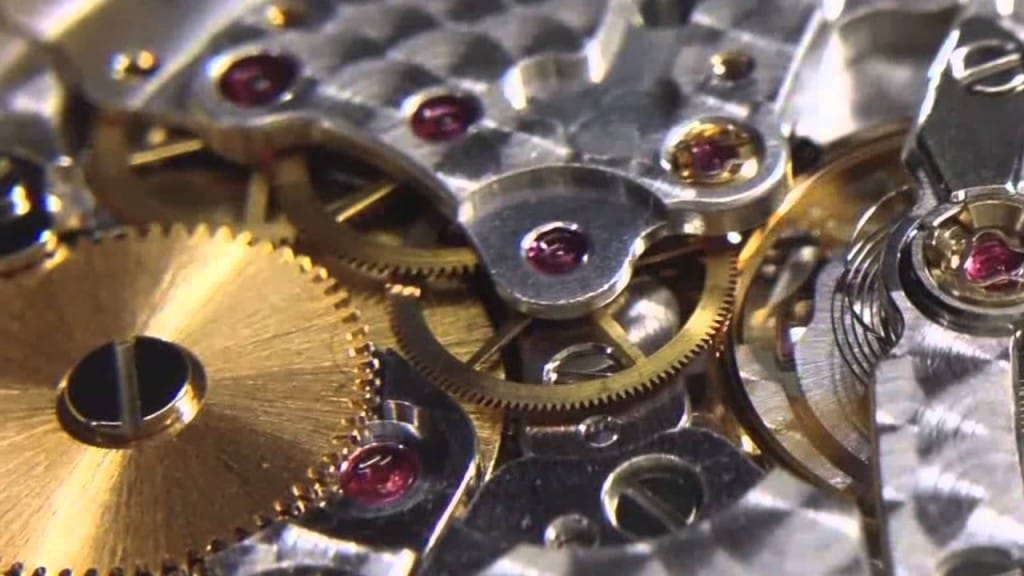
Omega and Rolex are not the only brands with proprietary chronometer designations. Other watchmakers have also developed in-house certifications to verify standards beyond generic COSC testing.
Tudor, Rolex’s sister brand, introduced its “MT5612 Chronometer” certification in 2015 for its in-house movements. Like Rolex’s process, it tests the cased watch in multiple positions with a tolerance of -2 to +4 seconds/day. Breitling uses the name “Chronometer” for its in-house testing, which focuses on precision, robustness, and water resistance. Cased watches must pass a 5-step process not too dissimilar from Omega’s Master Chronometer.
TAG Heuer has its “Master Chronometer Calibre Heuer 02” certified in-house before encasement. They are then further tested after casing for accuracy, waterproofness and automatic winding.
The Panerai luxury watch brand has developed sophisticated equipment at its Neuchatel manufacture for in-house testing beyond COSC standards. Watch certification takes place periodically, even after the sale.
Patek Philippe is known for their meticulous quality control and precision in watchmaking. Since 2009, the company has implemented the Patek Philippe Seal, their own independent certification that ensures only the highest quality watches leave their workshops. To receive the Patek Philippe Seal, each watch must pass over 500 separate quality tests, going well beyond the standards of the prestigious Geneva Seal.
While not as widely marketed as Omega and Rolex’s labels, these other in-house certifications show that striving for utmost chronometric precision has become an industry-wide priority. Technologies and testing capabilities continue to rapidly evolve.
Conclusion
The Master Chronometer and Superlative Chronometer designations represent a leap forward for chronometric excellence in the watch industry. While the trusted COSC certification will likely remain the baseline standard, Omega and Rolex have paved the way for more rigorous in-house testing.
Both brands have invested heavily in state-of-the-art facilities to simulate and verify real-world performance. This allows them to hold assembled watches to a higher chronometric standard than generic COSC-tested movements. Though there are slight differences in testing parameters, Master Chronometer and Superlative Chronometer certifications prove these watches have passed intense examinations well beyond the norm.
Of course, for most buyers, such nuanced precision is somewhat academic. But this technical quest for perfection is part of the magic of high watchmaking. As materials and technologies continue advancing, these types of proprietary certifications will likely only grow more advanced. Omega and Rolex’s friendly rivalry spurs the whole industry towards ever-higher levels of timekeeping accuracy and customer assurance.



